Guide to Low-Maintenance Cladding
As well as bringing a stylish aesthetic to your home, low-maintenance cladding could provide a fit-and-forget solution that requires little ongoing upkeep. From characterful wood to modern metal finishes, there’s a host of options available. Specifying a product that’s durable and long-lasting is key.
“Homeowners want a solution that’s hassle-free and low cost, with a good service life,” says John Russell from Russwood. Fitting a solution that doesn’t need much attention in use will also help you save money on potentially costly treatments. Here are some of the main materials to consider.
Natural timber cladding
Wood cladding has long been a popular choice for building projects. Different species vary in terms of colour and graining, service life and the amount of upkeep they require. Ultimately, if you want minimal maintenance, you’re looking for a durable, rot-resistant material.
Dimensional stability is also key, as some species are more prone to swelling and shrinkage than others. Many types of timber don’t need to be treated prior to installation, but bear in mind that they will inevitably weather to a silvery hue after several years. “Wood is a natural product, so it will react with its environment,” says Emma Harmer from Silva Timber.
“UV degradation and moisture absorption will affect its appearance, and it could develop a patchy weathered look with uneven changes.” The amount of sunshine an elevation gets, in addition to architectural features such as overhangs, can contribute to this variation.
Some treatments, such as Sioo, will create an evenly weathered appearance at an accelerated rate. This means that regardless of the property’s level of exposure, the cladding will age at the same rate, resulting in a consistent tone. Any finish you do apply will wear over time, so boards will require re-coating – exactly how often depends on the qualities of the wood, how exposed the building is and the design of the dwelling.
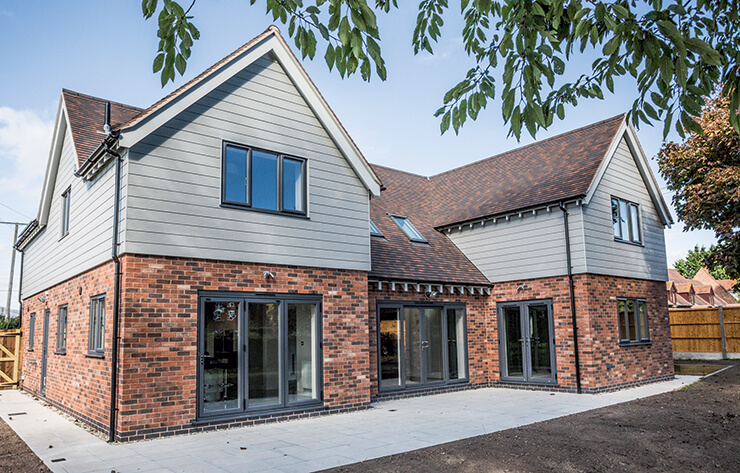
Marley Eternit fibre cement cladding was designed as a low-maintenance alternative to timber
“Species like Western Red cedar, which is classed as durable, have natural properties that make it suitable for external use without a preservative treatment,” says Emma. Good cedar offers a service life of 40-60 years and you should expect to pay from £20 per m2 (or £40+ per m2 for high quality grades).
Larch is another softwood suitable for this application, providing you use the heartwood. Siberian varieties can offer a longer service life (50+ years) than their European counterparts (around 30-40 years).
Hardwoods like oak and sweet chestnut are even more hardwearing. You can expect a service life of 40-60 years from each, but as they’re premium products prices are usually £40+ per m2. Oak is more prone to natural movement than other hardwoods, so should be kiln-dried to a moisture content of 15%-25% prior to installation.
Offering a shorter lifespan of 25-30 years, spruce, pine and fir claddings all require preservative treatment to render them suitable for use externally. They are usually impregnated with chemicals that have preservative properties to boost their durability. As a result, they’re less likely to be considered a low-maintenance form of cladding.
Modified timber cladding
Modern manufacturing techniques mean that some woods can be chemically or thermally altered to boost their stability, durability and resistance to rot. For instance, products like Accoya and Kebony are on a par with some tropical hardwoods in terms of how hardwearing they are. “Chemical modification enhances wood’s durability by reducing its ability to absorb water. This negates the need for expensive treatments,” says Adrian Pye from Kebony.
Accoya is becoming increasingly popular for striking exterior finishes. “The wood undergoes an acetylation process to increase its dimensional stability,” says Laura Keily from Accoya. “Swelling and shrinkage is reduced by 75% or more compared to untreated wood products, and overall upkeep costs are generally low and infrequent.”
The product offers a minimum service life of 50 years. It is usually given an opaque finish to provide the desired visual effect and facilitate even weathering. The improved stability means the top coat can potentially last longer than with natural timber products, which should make for less frequent treatments and reduced upkeep costs. Expect to pay upwards of £40 per m2 for Accoya cladding.
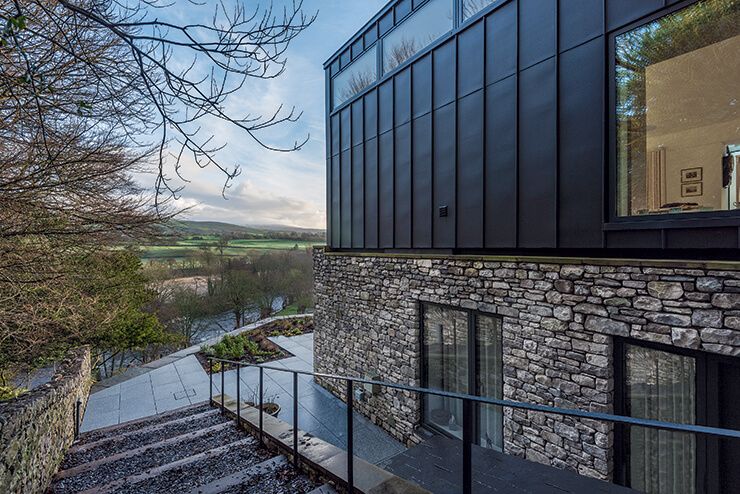
The upper storeys of this house are clad in VMZinc’s vertical standing seam Anthra-Zinc in black. Available for approximately £150 per m2, this covering features a pre-weathered finish
Created from a variety of softwoods, including Southern Yellow and Monterey pine, Kebony is another chemically-modified option that undergoes an eco-friendly process to boost its durability and dimensional stability. “It does not require any treatment beyond normal cleaning, and homeowners can expect a service life of 30 years or more,” says Adrian. Prices range between £38 and £60 per m2.
A variety of thermally-modified timbers is available, such as Vastern’s Brimstone cladding. “Production involves heating wood above 200°C in the absence of oxygen,” says Tom Barnes from Vastern Timber. “This causes permanent chemical and structural changes. The outcome is superior durability, better stability and more consistent weathering.” Expect a service life that’s similar to some of the more durable non-modified species, such as oak.
Fibre-cement cladding
Originally developed as a low-maintenance alternative to timber, this manmade material is available in an impressive range of colours and finishes. During the manufacturing process, cement is added to a mix of cellulose, fillers, fibres and water to create pliable, wet sheets. These are rolled and flattened to remove excess moisture. At this stage, the material is formed into smaller tiles or large panels.
Scuffs are less visible on through-coloured sheets − a strong advantage from a maintenance point of view. Painted varieties are also available, and products will be coated with a water-based or acrylic top layer to increase their resistance to the elements. Thanks to this treatment, fibre-cement cladding has a low water-absorption rate. The cement binding agent also means it won’t rust or rot.
Expect a service life of approximately 40 years from this kind of covering − little upkeep is required beyond a yearly clean. Costs are generally £15+ per m2 on a materials-only basis, and up to £60 per m2 for supply-and-fit.
Top tips: keep your cladding looking good for longer
|
Metal cladding
Steel, aluminium, copper and zinc are the main options for those seeking the contemporary aesthetic metal cladding can bring. “As well as being durable and versatile, it’s low-maintenance, quick to fit and can create the desired shape and form to provide a building envelope with true visual appeal,” says Gordon Crichton from Colorcoat Urban.
Thanks to modern production techniques, materials can be pre-aged and coated to maintain the original shiny finish or supplied painted and powder-coated. These treatments mean that most metal solutions are fairly low-maintenance, though it’s a good idea to clean the surface annually.
Typically, steel coverings are supplied with a protective layer of zinc or zinc-aluminium alloy on their surface for a hardy finish. They offer a service life of roughly 35 years, whereas the surface of aluminium cladding will naturally oxidise to produce a robust protective layer that means it’ll last 40+ years. Both cost around £35 per m2 on a supply-only basis, though prices do vary according to international markets. Colorcoat Urban’s standing seam system costs approximately £80 per m2, including installation.
Zinc can achieve a service life of 50 years or more. “This metal’s primary attribute is its self-protecting patina, which shields it from corrosion and the adverse effects of weathering,” says Jonathan Lowy from VMZinc. “When it comes to metal cladding, materials that require more upkeep are those that oxidise in the event of abrasion or cutting, and so require re-coating. VMZinc employs a pre-weathering process, which has been designed with low upkeep and longevity in mind.” The supply-and-fit of zinc cladding will cost approximately £150 per m2.
PVCu cladding
Modern manufacturing techniques mean PVCu is now a strong contender for homeowners keen to update their house’s facade, as it comes in a plethora of finishes and hues. It’s often specified as a cost-effective alternative to timber cladding. Eurocell’s PVCu timber-style shiplap cladding costs approximately £35 per m2. “It’s a great material in all climatic conditions,” says Chris Coxon from Eurocell. “It doesn’t warp, twist, shrink or rot, so proves an appealing low-maintenance alternative to timber goods that need to be treated prior to installation.”
While PVCu may seem the most cost-effective solution in the short term, and durability has improved in recent years, it’s worth noting that it’s more vulnerable than some materials to the damaging effects of UV light. Overall, you can expect a service life of around 20-30 years.
Main image: The frequent knots in this silvery-grey larch cladding imbue the property with a charming visual appeal. Supplied by Russwood, prices for sawn boards of Scotlarch start from £17 per m2
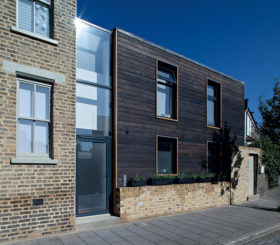
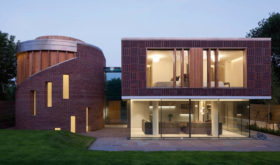






























































































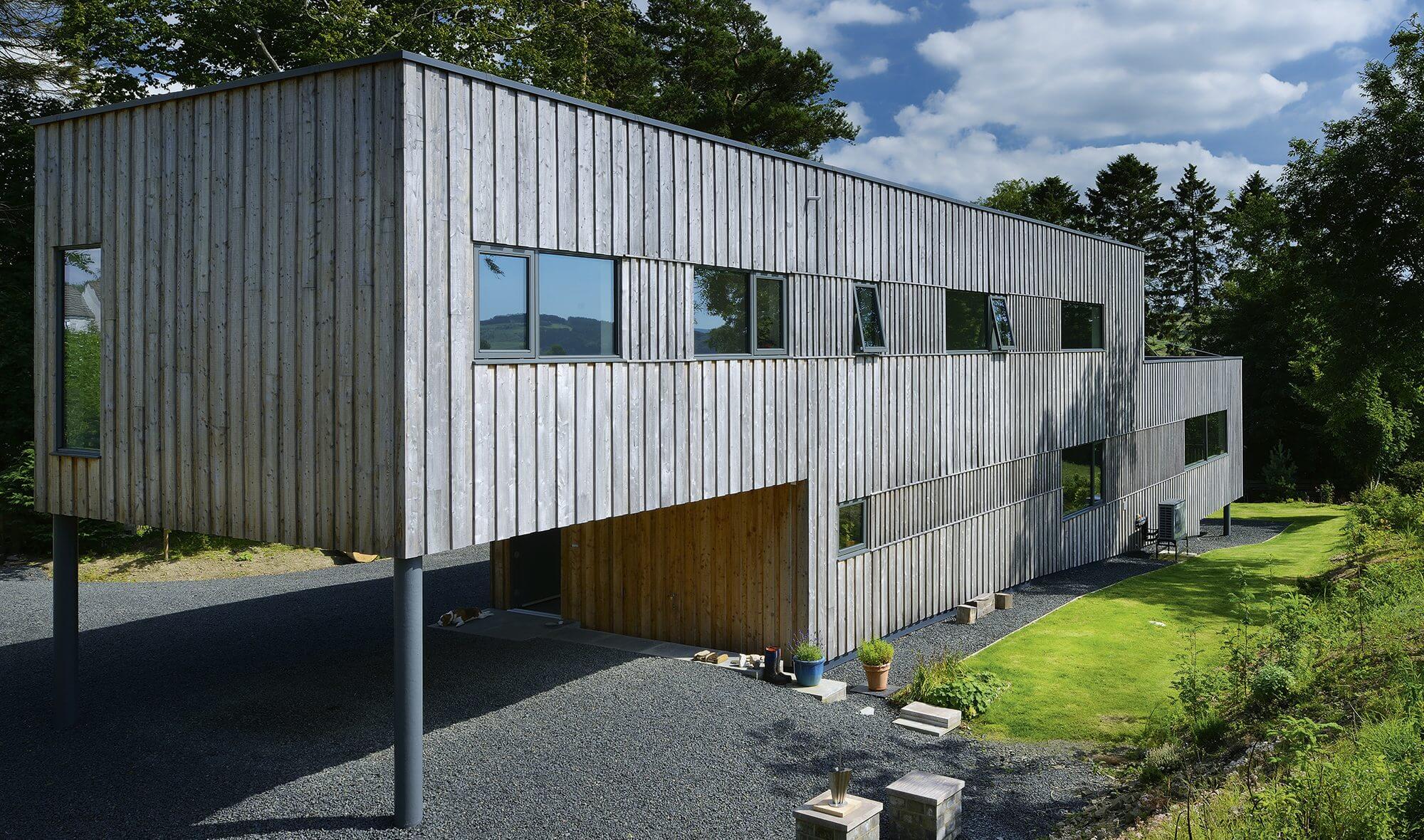
 Login/register to save Article for later
Login/register to save Article for later
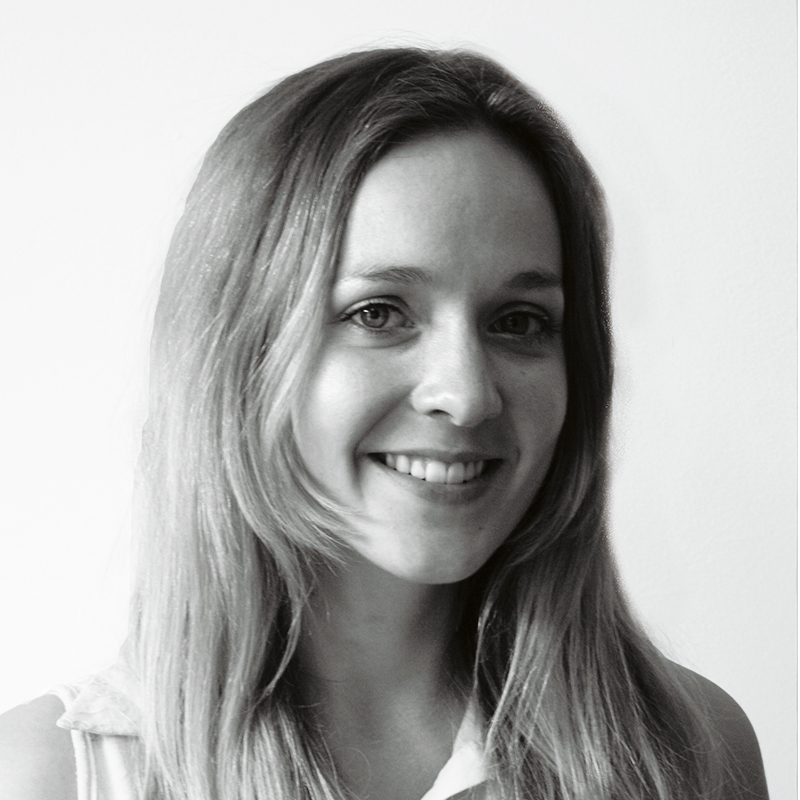



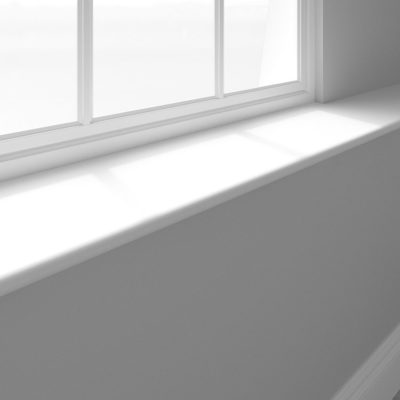
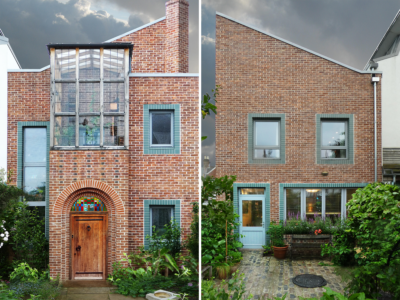
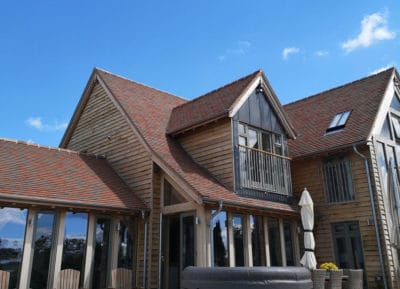
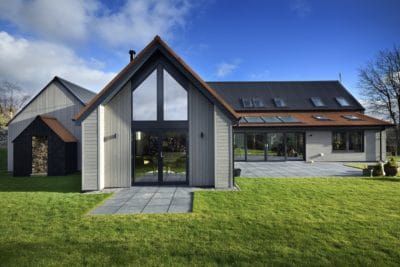





Comments are closed.